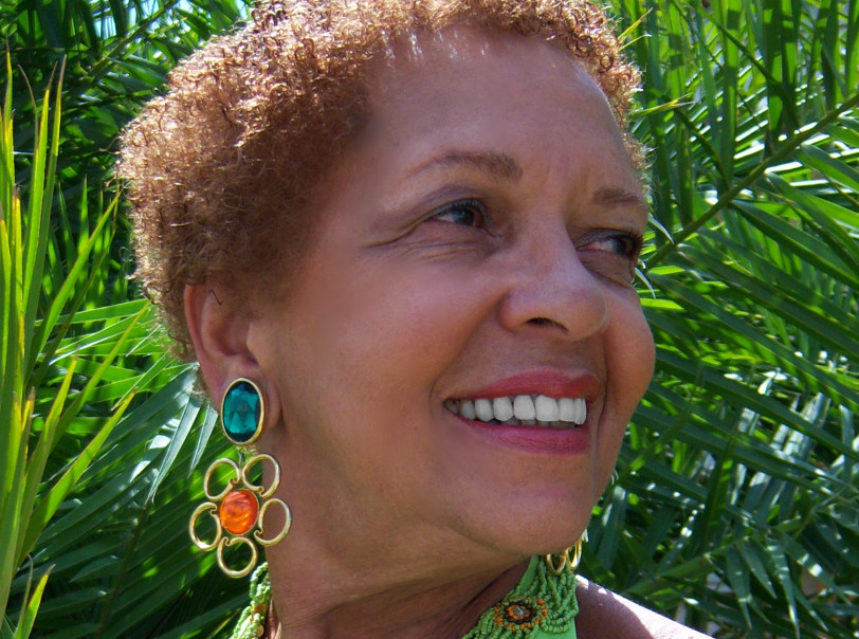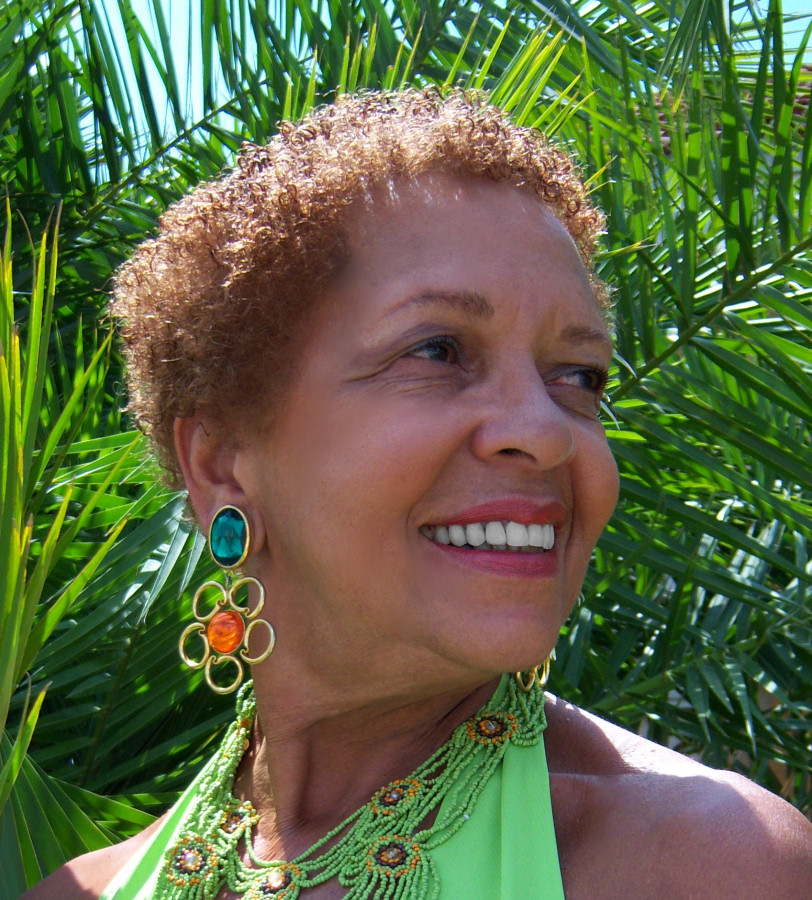Love the Skin I’m In

“Miss Amy, just what are you?”
What a strange question to be coming from one of my young patients.
“Just what do you mean? I’m a therapist, a counselor . . .”
“No,” he replied as his parents tried to sink through the floor, “what race are you?”
Clearly, to myself, I am, and always have been, a Black person. But to this teenager from the country woods of the South, I was a mystery as I sat before him, a contradictory mixture. My skin is golden copper, my hair is tightly curled, but without the frizz that used to characterize my race. And it’s red; the shade of red usually associated with Latin women. Then there’s my speech, which is more typical of a White person somewhere (no one ever knows quite where) in the Midwest. Yes, to myself I am a Black woman, but he was not the first to question this designation.
Having been raised in the North in the 1940s and 50s, the thread of race was ever present in defining my life. Perhaps defining is not the right word; shaping and molding would be more accurate. I was always told that a person is to be judged from within, and I was as good as anyone. better than some, never inferior to any. These were the words of my family, but the society around me tried, albeit unsuccessfully, to chip away at the me who my parents so lovingly defined.
Until the age of three, I was unaware of the meaning of race. Yes, I had observed that people came in different hues, but so did flowers, clothing, books. There was variety in everything, which added to the interest of my surroundings.
“I’m allowed to play with you, but you’re Negro and I’m White, so I’m better than you.”
Those words cut indelibly into my three-year-old heart and soul when my playmate sent me crying home to my mother, and I learned that in my wonderful world, race-color was not just about that artistic palette, but about judgment and value and worth in the eyes of many.
“My parents won’t let me invite you to my graduation party because you’re colored.” The second knife was inserted in my soul. About to enter high school where the dating lines were drawn, I experienced the shattering of my lifetime of close friendships diminished into mere acquaintances. Yes, I was still as good as anybody else, but only in the eyes of my parents, and fortunately (and most importantly) in my own eyes as well, for the years had engrained that in me.
With the passage of time, overt racism has lessened in this country. My children and grandchildren have experienced a greater level of acceptance. In fact, they have added French-Canadian, German, and Southern White bloodlines to our family tree.
As for myself, throughout my lifetime (depending on the sun) I’ve been many hues: light skinned, tan, brown, and in the past several years I’ve settled into bronze copper. I’ve been “colored” (only my own race was permitted to call me that), Negro, African American and Black. I’ve received negative judgment for this from White people (too dark), and sadly from my own race as well (too light). And my skin has also been labeled as beautiful in its many variations over the years. All of these perspectives have contributed to the paths I’ve followed, and you know what? I love the skin I’m in.
Raised in a White Northern suburb, the fairness of my skin gave me a level of acceptance that saw me throughout my early childhood. Although aware that I was a child of color, I navigated skillfully between White and Black society. My family’s friends ranged from housemaids to doctors, so I wove my way among the social classes and learned appreciation of the diversity to which I was exposed. Light enough to mingle with Whites, yet dark enough, and with the hair, to be embraced by Blacks.
From all the negative came some valuable lessons. Because certain social and economic privileges were denied us at the time, I learned not to place stock in wealth and power as values, for these were not always attainable. Character, kindness and a loving heart were at the top of the values held in my family and they traversed all races of people.
As I look back, had I been totally accepted in the environment of my origin, I would have remained there, lived a stereotypical patterned life, and never been forced to thread my way through an intriguing labyrinth of cultures, races and social strata.
With this as a barometer, I have created a life where race is a shaper but neither a limiter nor definer. It may have put up walls, but I’ve learned to scale them. Strangely enough, I’ve found people of all races identifying with me and claiming me as their own.
God took from his palette the blackness of the midnight sky, the brown tones of the earth under foot, the gold of moonbeams, the redness of a glorious sunset, and the tan of the desert sand. Thus, created in His image, I reflect the multi-hued face of God.
Oh, how I love the skin I’m in!

Author of “You Can Go Home Again“




